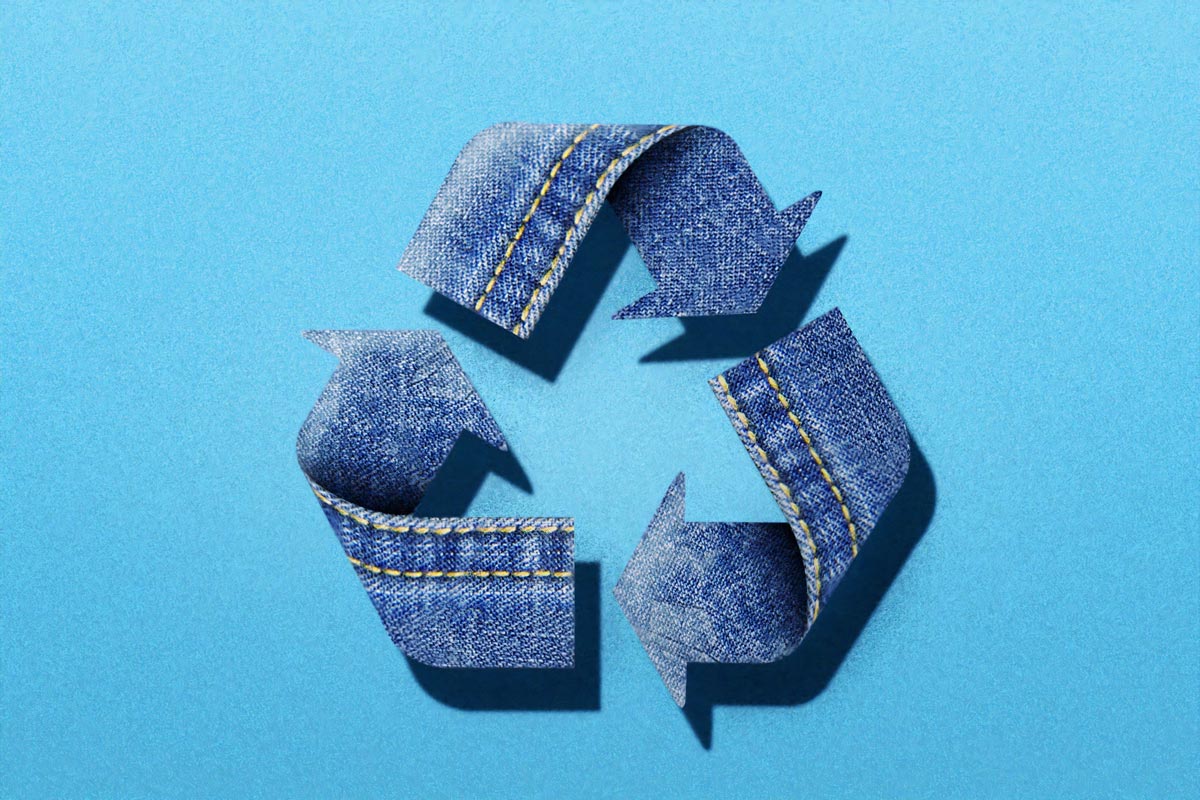We are still amidst the storm; the dust is still in the air and it is still too early to see clearly what awaits humanity at the end of the tunnel and maybe it is wiser to focus mindfully on the journey rather than the destination as we collectively are building our story.
I started my day with a guided meditation by Pema Chodron on tricycle.org where she invited the participants to offer our individual “state” to all other beings around the world. In fact, so many of us are “feeling” very profoundly the same way across borders, cultures, language barriers, backgrounds that there is an unconscious and conscious unity of vibrations, understanding, accordance, empathy as we are united in a crisis. Here comes our individual responsibility to look deeper into the current state of happenings and both understand and acknowledge the consequences of our past actions so that we can collectively and in connection construct a better version for the days to come.
The countries, communities, businesses where there are trust and transparency in governance, transactions, value chains, relations are able to operate with actions plans which benefit the majority even if they are in a state of urgency. Unfortunately, fashion is not one of those systems although I do not want to discount the effort and the accomplishments of individual companies.

The pandemic has exposed the flaws of the way the value is defined across the industry and also the urgency to work collectively to reconsider actions both as consumers as well as businesses. Consider for a moment that the pandemic is a wake-up call for the possible effects of climate change and that we are getting a glimpse of something which will leave us more vulnerable if we do not change.
We all know that fashion plays its antagonistic role using natural resources, wasteful manufacturing and consumption resulting in landfills, discounted labor which is not integrated into the cost or the value of products and services. I have referred to Oscar Wilde‘s: “We know the price of everything but the cost of nothing” quote many times as I presented on “sustainability” on denim at various global platforms and it is even more clear at a time of crisis that both the price as well as the cost dissipate if they are not constructed with a mindful understanding of value. The pandemic has exposed the social and the economic value chain flaws and weaknesses to such an extent that we cannot afford to ignore them if we are to construct our future or expect the light at the end of the tunnel.

Over the more than the three decades I have worked for the industry, I have witnessed the migration of production of denim to developing countries driven with an enormous growth in demand. The product base changed to fit the needs of the growing number of consumers and there were sacrifices made on the product base to lower the price of the products to deliver the jeans to the masses. There has also been amazing technological innovation to complement the creativity, but it was mostly used to cater to the faster to market products at lower prices. The jeans that used to age with years of wear leaving personal imprints were replaced by the industrial developments which could bring the same effect of a 10 -year wear in a couple of hours. Sales of the brands soared, more factories were set-up, margins dropped, excess manufacturing becomes landfilled. The demand was not focused on the beauty and quality but on more for cheaper and the industry replied to this call.
Then came sustainability which emerged as a mainstream concept in fashion 10-15 years ago and with it came some profound change in raw materials as well as manufacturing. The dilemma here was that the initial investment costs of transforming manufacturing to be better for the people and the planted could not be reflected on the value as prices needed to remain low. Most brands found it very difficult to make their consumers understand why sustainable products and systems actually mattered and so they did not try harder. Some did not care at all. Sustainability remained to be the elephant in the room for a long time. I have been to multiple panels where the whole discussion remained on defining whose responsibility it was to be sustainable – the manufacturer? the brand? or the consumer? blah blah blah…Then came the sustainability “trend” and a mixed bag of awareness of climate crisis, the emerging millennial impact, the watchdogs on social media, compliance as well as new-age designers with a real understanding of circular business models, technological developments, emerging of direct to consumer brands with a focus on responsible product offers. I believe that trends bring in disruption and the industry has been in a direction to evolve but not fast and resilient enough to sustain a crisis.

Today we can see clearly where sustainability was downplayed as a marketing argument rather than being implemented as a systems solution and hence its failure. In a system where margins are expected to drop as volume increases leave no room for the system to breathe and the system can remain barely profitable on the account of producing and selling more and more and more.
Fashion needs depth as it is self-inquiry, identification, creativity, transparency, connections, a melting pot of ideas, artisan expression, technological advancements which employ 75 million people worldwide. With the current crisis that the pandemic has exposed the global manufacturing has stopped and labor, that has been referred to be a simple part of the cost calculation, the lives of the people making our clothes are at stake. The system of fast fashion did not enable to develop skilled workers where most end up being able to do a repetitive unskilled part of the production without a certified technical skill. Unfortunately, we will see unprecedented losses and in some cases recovery will not be possible. We need fast fashion to acknowledge its mistakes and to take a step forward to transform, taking a people-first approach. Brands who are (and who can look) looking at a future are acting and engaging in discussions with their supply chain for a collective, interdependent tomorrow.
Our current mindful state and how we define and share it is a part of our responsibility. We are only at the start of a challenging, rough ride and it is time for global collaborations on the supply chain to transform into real action, authorities to govern so that we initially save the industry to re-construct it to be resilient, efficient, not wasteful, value-driven, skilful, responsible, transparent to represent social and economic justice instead of being sustainable.
This blog post was first published on indigo-friends.com




